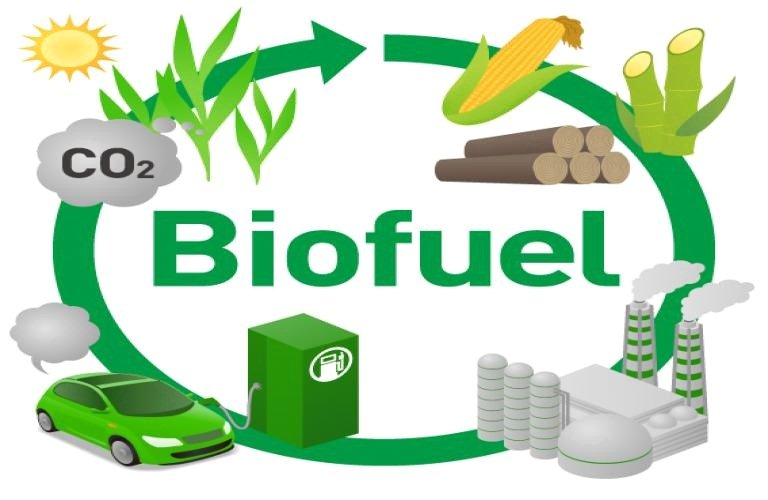Table of Contents Show
Use of petroleum as fuel is becoming more and more expensive by the day. It also has many harmful effects on the environment.
Biodiesel is a more environmental-friendly alternative to oil. It can be made using oil extracts from materials such as soybeans and corn that are cheaper and more sustainable.

8 Top Sources of Biofuel
Here are a few more sources that can help in the production of biofuels:
Read Also:
Cellulose
Cellulose is a fiber that is normally found in trees such as willow and hybrid poplar. You can also derive cellulose from industrial materials and corn stalks (after harvest).
About 1.3 billion tons of cellulose material is available for harvesting in the US alone, for the generation of biofuel. With so much material available, a cellulose biofuel should be flooding the market if the commercial producers of cellulosic fuel increase.
Algal Oil
Types of algae such as seaweed and pond scum can be used to produce ethanol and biodiesel. Since they are grown in water, there is no problem of non-availability of land which is a typical issue for agricultural crops.
Also, they grow so fast that it can be easily used to meet the high demands of energy. However, care should be taken to control and maintain their growth efficiently.
Corn
One of the sources of biofuel in the United States is corn. However, it is but a short-term solution. The process of converting corn into ethanol is very expensive and the energy consumption rates are high. With the introduction of better technologies, this problem should be solved.
Soy
A popular biofuel, soy often goes through the process of trans-sterification to get converted into biodiesel. The process is relatively inexpensive and easy. However, since soy is one of the dietary staples to many, researchers are often reluctant to rely too much on such traditional food crops for the production of fuels.
Sugar Cane
Sugar cane is the second most widely used source for biofuel production in the world today. However, when used in vehicles, sugar cane ethanol can gum up the engines, especially if the cars are old.
The technology to convert sugar cane into biodiesel has already been developed and is in widespread use. Nevertheless, there is a limit to the amount of sugar cane that can be grown since it grows only in the tropics.
Camelina and Jatropha
These are flowering plants that can be grown in very dry areas. They also have the capacity to make the soil more fertile with time. Although they provide more and better options than other feedstocks their potential is still to be realized.
Rapeseed
Rapeseed or canola oil is derived from a plant that is commonly found in Canada and the United States. It is easy and cheap to produce and burns quite cleaner when compared to petroleum. However, the plant would need acres and acres of land if you need to produce a significant amount of biofuel.
Methane
Methane can be easily created from microorganisms that decompose organic matter such as compost, food, and various landfill materials.You can literally produce it in dumps. However, you would need a lot of additional infrastructure for the conversion.
Biofuel can be a great way to burn your firewood. Visit dkbrænde.dk and get quality firewood delivered anywhere in Denmark. It’s time to go environmental-friendly!









